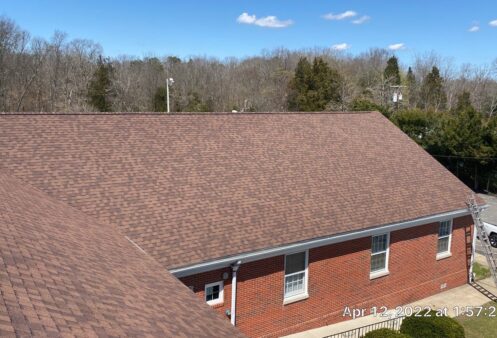Roof replacement isn’t just about keeping the inside of your home from being damaged. You might also bring your house up to the current code, lower your insurance rates, and possibly even qualify for a tax credit or two. It’s a big expense, but it’s also an investment. If your roof is over 15 years old, then you should already be thinking about budgeting for a new roof. However, you might need a replacement roof before you have enough money saved up for it. This isn’t the kind of thing you can put off into the future without seriously jeopardizing your home. Fortunately, you can finance your new roof. In fact, there are multiple ways to do it. Each has its pros and cons that you should know about.
Cash-Out Refinance
This option starts with you taking a new mortgage out on your house. The new mortgage is based on all or some of your current home market value, and it lets you pay off the previous mortgage while using the remaining cash proceeds as a loan. In short, it’s a way of borrowing against the part of your home that you’ve already paid off. This lump-sum loan is what you can use to finance a new roof. The upside is the possibility of replacing your previous mortgage with a lower interest rate or perhaps switching from a variable-rate mortgage to a fixed rate. The downside is that closing costs and extra years tacked onto your payment timeline might mean that you’re paying for your residence longer than you originally planned.
Contractor Financing
Quite a few roofing contractors have established relationships with lenders so that they can offer loan options to clients who need to finance their next roof. Your credit score will influence the potential rates and terms, and those are going to vary from one contractor to the next, anyway. However, the process is usually pretty fast and can be done over the phone or online. These are usually in the form of unsecured personal loans. There might be introductory rates that seem enticing, so you need to know when they’ll change and what your new monthly payments will be after the fact. This is a great way to take care of arranging for your new roof and the financing of it at the same time, although you should still shop around for both the best contractor and financing options available to you.
Your Personal Credit Card
Charging your roof to a credit card might seem like a quick and simple way to pay for a large unforeseen expense. However, most credit cards have an APR that would make an expensive roof far more costly over time. It might depend on how quickly you can pay down the balance. If you can get or already have a new credit card with a 0% APR that lasts for a promotional period of a year to 18 months, then you can possibly pay the balance off for an interest-free loan. After that, you might need to roll the balance over to a new card with a similar deal, or your roof loan is going to grow with standard credit card interest rates. The convenience might seem very appealing in a pinch, but the risks of the balance exploding might make this one of the worst options available.
Things You Should Remember
When the time comes to replace your roof, you should get a minimum of three estimates from different contractors. This helps you to find a fair price, identify contractors you’re comfortable with, and have leverage for negotiations. If you intend to sell your home at any point in the coming decade or so, keep in mind the return on your investment that you might get when putting your house on the market. If necessary, get approval from municipal authorities or even your HOA; building permits might be necessary for any roof replacement where you live. You might also void the roof warranty without a building permit.
Should You Just Pay With Cash?
Paying straight up for your roof out of pocket isn’t financing the roof, but you need to think about whether or not it’s the right move. Two immediate advantages of paying with cash include not going through any credit checks or having to deal with interest. You simply take care of the entire balance all at once. Then again, it might not work if you’re dipping into an emergency reserve fund to do it. A roof replacement can be an emergency, but financing might let you deal with it in ways that don’t impact your cash flow and leave you too strapped to deal with anything else.
FHA Options
You might be able to get an FHA 203(k) loan that lets you refinance your home through a Federal Housing Administration-approved lender for up to $35,000 in repair costs. Your down payment will vary based on your credit score falling above or below 580. Alternatively, an FHA Title 1 loan is a fixed-rate loan, so you can improve your home’s livability. You’ll need a debt-to-income ratio under 45%. You might also need to provide your house itself as collateral if you need to borrow over $7,500.
HELOC
HELOC stands for a home equity line of credit and uses the equity in your house as collateral. In this arrangement, you get a revolving account of credit you can just similar to a credit card. A HELOC lets you access up to 85% of your property’s value except for any remaining balance on your mortgage. The rotating nature of these accounts and how they usually have variable rates make it difficult to forecast how long this arrangement might cost you over the account life. However, you can use it to write checks to pay for things, and then pay them down over time. Interest payments might be tax-deductible at the federal level.
Personal Loan
Personal loans are available through many banks and credit unions. Other financial institutions might also offer them. These are likely to come with higher interest rates than home equity loans or other options since no collateral secures these loans. The upside is that you’re not putting your house at risk, but the interest rates and late fees can be expensive. APRs for these loans might be under 10% if your credit score is 760 or higher, but they can be over 20% if you’re under 679.
New Roofs Happen for Many Reasons
When you think about why you would need a new roof, you might assume it would just be a combination of old age and storm damage. That’s often why homeowners get a replacement for their roof, but it’s not the only circumstances that might drive them to do it. If you expand or renovate your house, then you might need a new roof to cover everything properly. You also might just want to boost your home value, as homebuyers love knowing they can purchase a house that won’t need a new roof in their first few years. If your residence is in Woodbine or anywhere in the South Jersey area, then contact the team at Jim Rhubart Roofing for roof replacement or repair services. You can also ask us about our roof replacement financing options.






